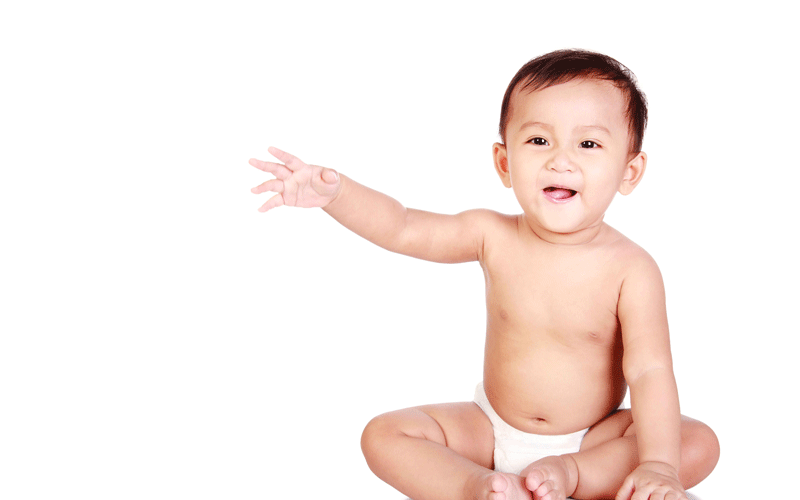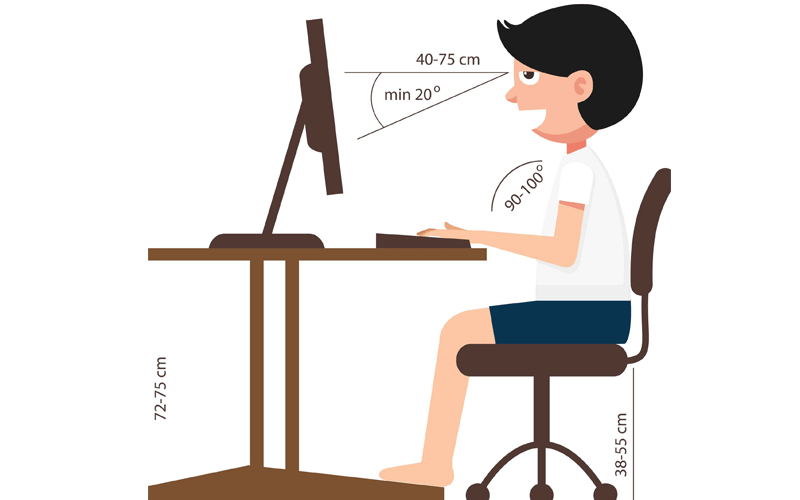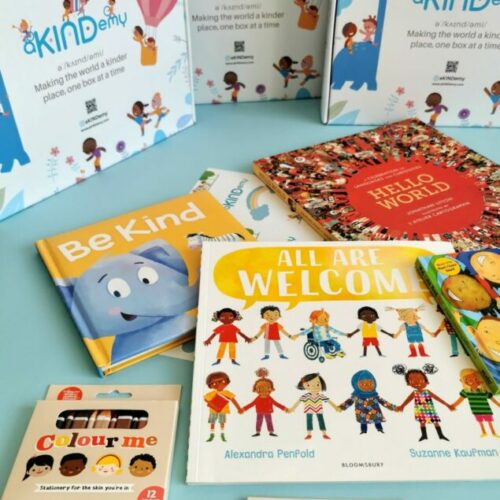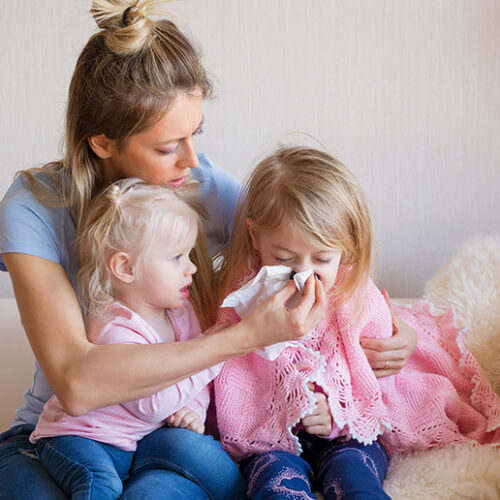Sitting Up Straight
Early Childhood
When children have poor posture, it places increased pressure on the muscles, joints and discs within the spine. This can cause early onset disc degeneration which can be difficult to detect until it causes pain or discomfort.

Your child’s instinct for body movement allows their brains to be engaged. A neurological pathway travels from your child’s body balance and movement system to the alert system in the brain, allowing for greater alertness and attention.
Movement and rhythm stimulate the brain and enrich motor development. Movement stimulates the learning process and promotes the physical fitness and development of the child in general.
Children learn experientially through play, experimentation and exploration. In order for
children’s brains to function at their best, they need experiences which produce and strengthen brain connections.
Active Sitting
is sitting which activates the back and abdominal muscles allowing the spine to remain in its neutral position.

Whether in the classroom or at home, active sitting contributes to better focus, concentration and more attentive learning. Learning can be an exhaustive cognitive process that uses a lot of energy and passive sitting can cause strain, drowsiness or excessive fatigue.
Good posture naturally happens when the upper body’s muscles are balanced in strength and used uniformly.
Make it easy for your child to develop the right posture by making sure to use an appropriately-sized desk, chair and computer. The answer isn’t in banning technology, but teaching children about proper posture.
How to Sit
– Arms relaxed
– Chair tilted slightly forward
– Arms on the desk when typing
– Feet on the floor and shoulders back
– Back on the chair sitting upright
– Top of the screen in level with eyebrows
Inactivity decreases calorie burning and muscle condition. When children sit for hours at a time, they develop certain muscle groups while under developing others. Muscles in the shoulders and hips become tight while core stability in the neck and spine becomes weakened.
“In-ter-ver-te-bral discs” …what?
It’s not so complicated. Think “inter-active”. The intervertebral discs are cushions for
your child’s vertebrae (the 33 small bones that make up your child’s spine). They make sure your child’s vertebrae don’t rub against each other when the spine bends.
Lead by Example
– Encourage your child by having good posture yourself.
– Notice how your child moves and relates to the world physically. Are they open, receptive, curious or hesitant, withdrawn and closed?
– Spinal health is the basis of balance and stability, not just physically, but mentally and
Emotionally as well.
– Support your child in activities and give them confidence in their body language.
5 Easy Ways to Train Your Child’s Posture Habits
– Love Movement: encourage learning, physical fitness and development
– Love Posture: correct the natural spine position for the lower back to form a correct curve
– Love Play: learn experientially through experimentation and exploration that sitting can be fun
– Love Breathing: good muscle activity and relaxation allow the chest to expand and breathe deeply












Comments